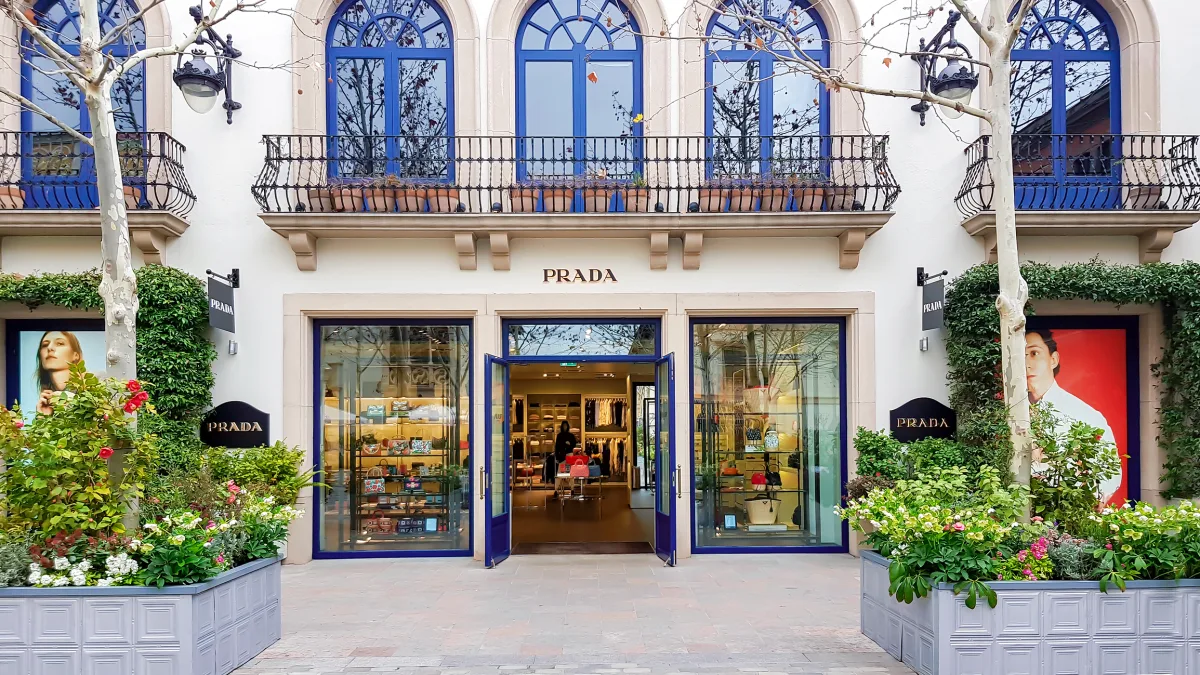Walk into a Nike store today and you’re unlikely to leave with trainers. You might book a gait analysis, join a running club, or sign up for the brand’s membership programme—which now generates more value than many actual sales. This is retail’s reinvention: the final mile between brand and customer has become the first mile of an entirely new business model.
The doomsayers insist physical retail is finished, gutted by e-commerce’s inexorable advance. The data disagree. Foot traffic rose 0.4 per cent in 2024. In-store sales still account for 85 per cent of American retail revenue. The question isn’t whether shops will survive, but what they’ll become.
Browsing for answers
Consumer behaviour provides clues. Some 72 per cent of shoppers now ‘showroom’—they fondle products in stores before buying online. Meanwhile, 59 per cent ‘webroom’, researching digitally before purchasing physically. The boundaries between online and offline haven’t just blurred—they’ve vanished.
Clever retailers are embracing this rather than fighting it. They’re turning stores into ‘experience engines’—spaces built to forge relationships, harvest data, and create memories that websites cannot. The maths work: whilst 80 per cent of shoppers use both channels, only 13 per cent shop purely online.
Amazon—retail’s supposed executioner—proves the point. The firm’s Just Walk Out technology promised checkout-free bliss through artificial intelligence. Instead, it quietly retreated from Fresh grocery stores. The ‘AI’ turned out to rely on 1,000 human contractors in India reviewing transactions—hardly the frictionless future promised.
Amazon has shuttered nearly half its Go stores since 2023, leaving just 17 from a planned 3,000. Even Jeff Bezos’s beast has learnt that retail’s future isn’t about eliminating human contact but reimagining it.
Members only
Nike’s strategy is shrewder. The company boasts 95 per cent brand awareness in America not by perfecting transactions but by creating what it calls ‘membership experiences’.
NikePlus doesn’t just offer discounts—it provides personalised training, early access, and community connections that outlast any single purchase.
The power of this approach shows in Nike’s struggles. Despite blowing four billion US dollars on marketing in 2024, digital sales plunged 26 per cent in the fourth quarter. Physical stores however—recast as community hubs—remained resilient.
Loyalty, it turns out, isn’t built through algorithms but through the authentic engagement that only physical spaces deliver.
Intelligence gathering
This shift has spawned an unexpected bounty: data. Modern stores are sophisticated surveillance operations, tracking everything from lingering to emotional responses. Unlike web analytics, which capture clicks, physical retail measures ‘preference revelation’—how people actually behave when confronted with real choices.
Fitting rooms reveal size preferences and style choices. Sensors capture micro-signals about interest. Staff conversations uncover needs no survey could detect. Combined with purchase history, this creates customer profiles of startling depth.
Store data helps optimise inventory, predict trends, design better products. No wonder digitally native brands like Warby Parker and Allbirds have all opened shops—certain intelligence can only be gathered face-to-face.
Delivery boys
Simultaneously, stores are becoming logistics hubs. Last-mile delivery—e-commerce’s priciest component—suddenly becomes more affordable when existing shops handle fulfillment. Target’s boss, Brian Cornell, calls this ‘placing stores at the centre’ of delivery networks that pure online players struggle to match.
Buy-online-pickup-in-store is now standard. Same-day delivery from local stores challenges centralised distribution. Analysts predict 45,000 store closures over five years—but many will become fulfillment centres, not graveyards.
This creates competitive moats. When stores serve multiple functions—showroom, community space, logistics node, data harvester—they become invaluable to retailers and impossible for rivals to replicate. Property costs, once burdens in the digital age, become assets when spread across multiple revenue streams.
Beyond shopping
The boldest retailers are building ‘lifestyle ecosystems’. Tommy Bahama blends retail with restaurants through its Marlin Bar. Lululemon offers yoga classes and running clubs that build community around brands, not products.
LEGO’s flagship features towering sculptures and augmented reality that position play as the draw. Even Prada runs a café inside Harrods, serving hot chocolate alongside handbags.
This reflects deeper retail psychology. As Levi Strauss’s Michelle Gass notes: “When you can shop with a click, there has to be a higher purpose for stores.” That purpose increasingly involves ‘social consumption’—human needs for connection and discovery that websites cannot satisfy.
Property ladder
The transformation is reshaping real estate. Foot traffic to grocery-anchored centres jumped 12 per cent in 2024’s third quarter versus 2019. These offer services online retailers cannot replicate. CBRE expects over 10 billion US dollars in open-air retail sales in 2025.
Winners aren’t enclosed malls but mixed-use developments combining retail with homes, offices, entertainment. These ‘town squares’ create multiple visit reasons throughout the day, generating traffic that sustains tenants whilst providing community connections residents crave.
Struggling properties find new life as micro-fulfillment centres or experience venues. Converting department stores requires modest changes—robots need less power than forklifts and minimal lighting.
The plot twist
The irony is delicious. Just as e-commerce was meant to eliminate physical retail’s inefficiencies, digital maturity reveals the irreplaceable value of human-scale spaces. The problem wasn’t that shops were obsolete—they were doing the wrong job.
Today’s winners understand their stores aren’t competing with websites for transactions but with smartphones for attention, social media for community, streaming services for entertainment. Success requires thinking like a media company, logistics firm, and social network simultaneously.
This demands new metrics. Sales per square metre matter less when stores generate value through data, branding, and fulfillment. Smart retailers track composite indicators: engagement scores, logistics throughput, social media buzz from in-store experiences.
The companies mastering this transition won’t just survive digital disruption—they’ll emerge stronger. In a world where anything reaches your doorstep, real scarcity isn’t convenience but connection. That still requires leaving the sofa.
Retail’s last mile, it turns out, was always the first mile in building lasting relationships. The stores grasping this will discover their final act is merely the opening scene.
Photo: Dreamstime.







